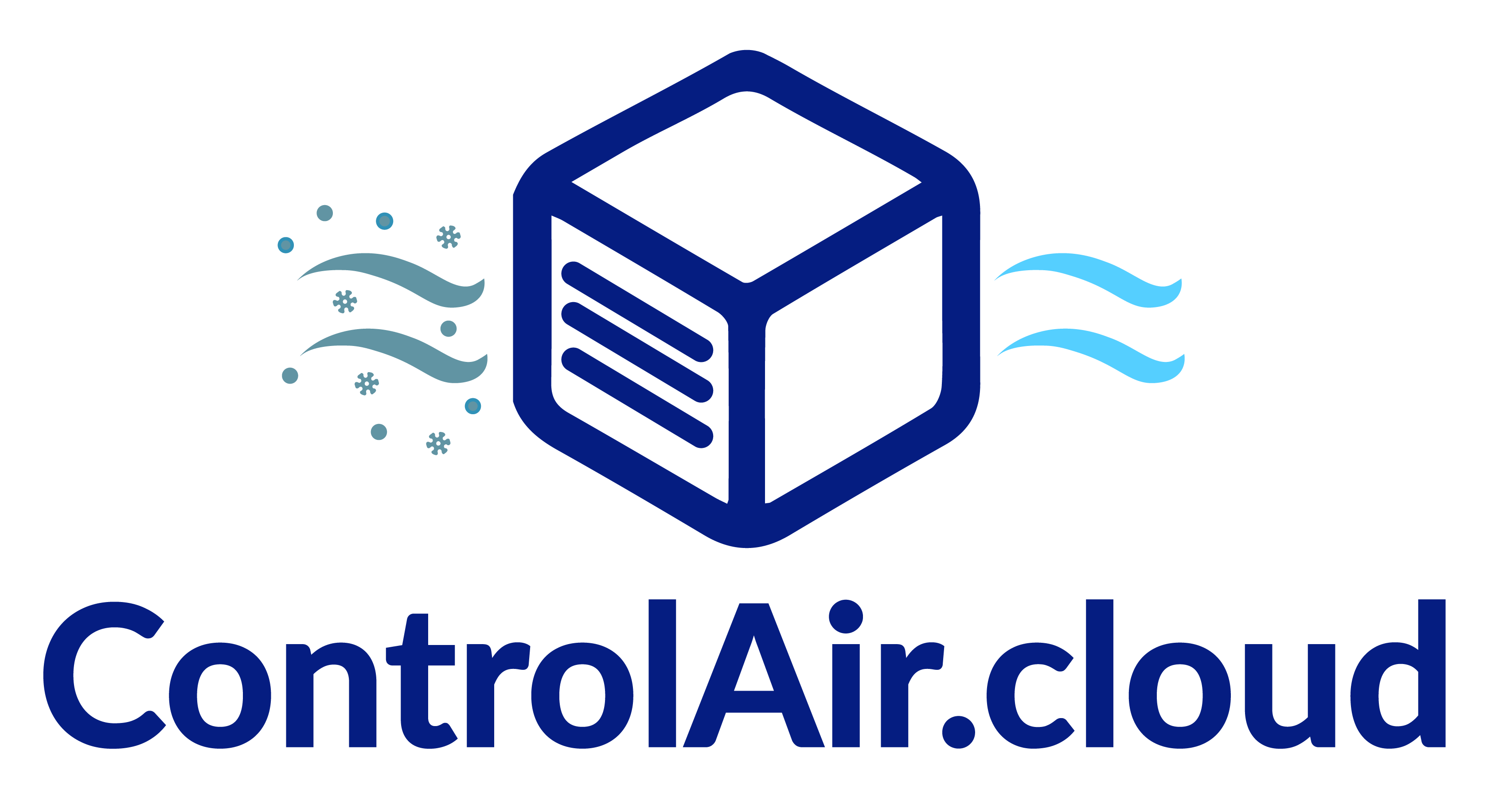What is CO2?
Humans breathe CO2 from. The amount of CO2 in a room increases when:
- more people are present,
- inadequate ventilation or aeration,
- people are present for a longer period of time.
CO2 in the indoor air is also influenced by the levels outside. The CO2-concentration outside has increased in recent decades, partly due to the use of fossil fuels, and is a major factor in climate change. The CO2-concentration outside determines the "background concentration", the base level, in a room. An unoccupied room, therefore, has an amount of CO2 which is equal to the CO2-concentration from outside. When using a room, the concentration increases.
The average CO2 -concentration measured outside is 455 ± 50 ppm.
Higher CO2-concentrations in a room are associated with a decrease in cognitive performance, such as the ability to concentrate and fatigue. There is uncertainty as to whether these effects are caused by CO2 themselves, or are related to other chemical and biological pollutants that act in parallel with CO2 accumulate.
CO2 is often used as an indicator of indoor air quality and as an indicator of the degree of air exchange in busy rooms.
CO2 as an indicator of indoor air quality
Humans metabolically produce body and odour substances (bio-effluents).The production of bio-effluents is higher when people are more active (e.g. moving versus sitting still).These bio-effluents are experienced as unpleasant because of their odour and determine how people experience the quality of indoor air.
The amount of bio-effluents (body and odour substances) produced by humans is related to the concentration of CO2that humans exhale.There is a clear relationship between the content of body odourants, CO2-concentrations and how the air quality is perceived when entering a room.CO2is also a substance that can be easily and cheaply measured.
The CO2-concentration is an indirect indication of the presence of an "excess" of bio-effluents. In occupied rooms, where smoking is prohibited and pollution is mainly caused by human metabolism (i.e. not by material emissions or other indoor or outdoor sources), the CO2-concentration can be used as an indicator of indoor air quality.
The standards for design and performance requirements for ventilation and air conditioning systems in non-residential buildings are also based on the relationship between CO2and bio-effluents and thus the subjective perception of indoor air quality or perceived air quality.
There is no clear relationship between CO2and other pollutants from indoor sources ((building) materials, furniture, hobbies, ...) that are not produced by humans.An acceptable CO2-concentration does not mean that the concentrations of other chemicals are acceptable.
Modelling shows that the risk of contamination increases with CO2-concentration increases in an area where an infected person is present. The risk of airborne contamination will also depend on the number of infected persons in a room and the time spent in that room.
CO2 as an indicator of air change
One of the purposes of ventilation and airing is to reduce bio-effluents and other non-personal pollution and to improve air quality.
Ventilation = continuously changing the air. In other words, you let the polluted indoor air out and replace it with less polluted outdoor air.
Flights = for a short period of time open wide the windows and doors that are in contact with the outside air. This way, you create a short, but large 'fresh' air flow.
Looking purely at the bio-effluents present in indoor air, CO2is a good indicator of how the air quality is perceived by people and the extent to which the air is refreshed.After all, when the air is renewed, the CO2-concentration also decreases.
Modelling shows that the risk of contamination increases with CO2-concentration, as a measure of air exchange, increases in a room where an infected person is present.
The risk of airborne transmission depends not only on good air ventilation but also on the number of infected persons in a room and the time spent in that room.
At what CO2 concentration is there no risk of SARS-CoV-2 infection?
Zero risk does not exist. Modelling shows that even at very low CO2 concentration of 500 ppm in indoor air, there is still a risk of contamination.
Taking into account the Codex on Well-being at Work and the Indoor Environment Decree, Care and Health, in consultation with experts, recommends a value of a maximum of 900 ppm CO2.
Please note that in rooms where few people are present, the CO2-content are low. This does not mean that there is enough ventilation to avoid accumulation of infectious droplets in the air.
The risk of airborne transmission depends not only on good air ventilation but also on the number of infected persons in a room and the time spent in that room.
The CO2-Meters on the market often have 2 alarm thresholds. If this is also the case with your meter, we recommend setting the values so that the meter:
- will change from green (=good ventilation) to orange when the concentration exceeds 900 ppm. Please note that in rooms with few people present, the CO2-content are low. This does not mean that there is enough ventilation to avoid accumulation of infectious aerosols. [Addition: we recommend to show a warning already from 700 ppm].
- goes from orange to red when the concentration is higher than 1500 ppm [ Addition: we recommend to show a red warning already at 800 ppm. ]
